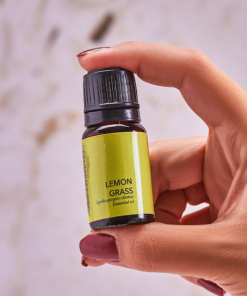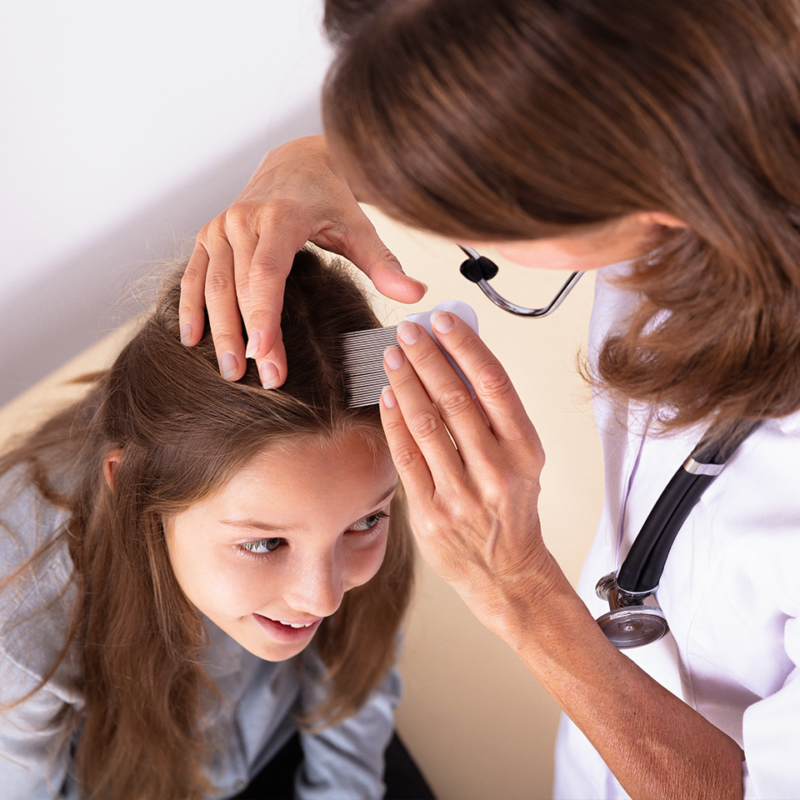-
×
 Lemon Grass Oil - 10ml
1 × EGP165.00
Lemon Grass Oil - 10ml
1 × EGP165.00
Head Lice, Causes, symptoms, and treatment
Lice are tiny wingless insects. They have to feed off another living body in order to survive, so they usually feed on blood from the human scalp.
A head-lice infestation isn’t a sign of poor personal hygiene or an unclean living environment, however, it’s highly contagious, and strict actions should be taken in treatment to stop/prevent spreading the infection.
How to know if you or your kid have Head Lice?
Head Lice infection can lead to unpleasing symptoms with a lot of discomforts.
Some of these symptoms can be:
- Itchy Scalp.
It’s the most common symptom as it’s an allergic reaction to Louse bites and leads to itching in the scalp, neck, ears, and hairlines.
- Visible lice on the scalp.
It might be difficult to spot lice because they’re tiny, move quickly, and avoid lights. But lice can still be visible, especially nits which are the eggs they lay.
- Lice eggs (NITS)
Nits stick to hair shafts. Nits may be difficult to see because of how tiny they are, but easier to find because they don’t move. You can spot them around the ears and the neck hairline.
- Sores on the scalp, neck, and shoulders.
Itching can lead to scratching, and scratching can lead to small red bumps that may get infected with bacteria sometimes.

How does the infection happen?
Head lice are wingless, so they can crawl, but they can’t jump or fly. Transmission of a head louse from one person to another happens in direct personal contact.
- Head-to-head / body-to-body contact.
Often within close family members or among children who have close contact at school or playground.
- The proximity of infected stored belongings.
Storing infested clothing in closets, lockers, or on side-by-side hooks
- Shared items among friends or family members.
These may include a lot of items, like clothing, scarfs, headphones, brushes, combs, hair accessories, towels, blankets, pillows, stuffed toys. etc.
- Contact with contaminated furniture.
Sleeping on a bed or sitting in overstuffed, cloth-covered furniture recently used by someone with lice can spread the infection to your head.
And before you jump to any conclusions, animals and pets DOES NOT play a part in spreading the infection. So you better not blame the family dog.
How to Treat and get rid of lice?
Treatment can involve over-the-counter or prescription medication that you can easily get from any pharmacy, but resistance to these treatments is growing, so a lot of natural elements are being used nowadays to treat lice, such as AMLA, Coconut, Vitamin E, Tea Tree, Peppermint, Thyme, Clove, Geranium and more, which prevent and treat parasitic hair and scalp infections, just like lice.
Also, the most recommended way to avoid all this hassle is to avoid head-to-head/body-to-body contact. And not using personal items that do not belong to ourselves.

